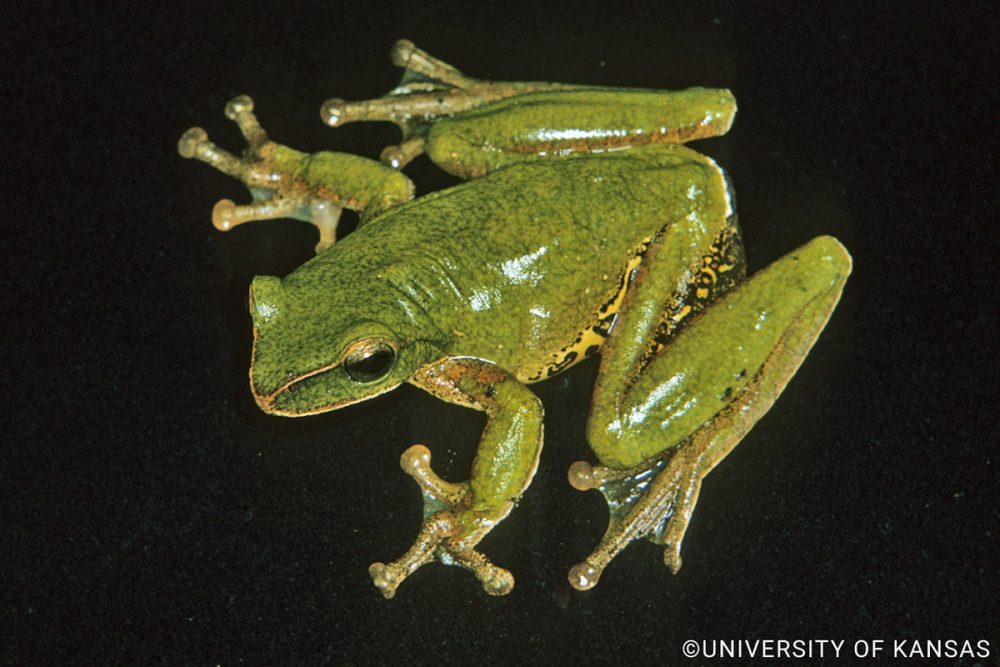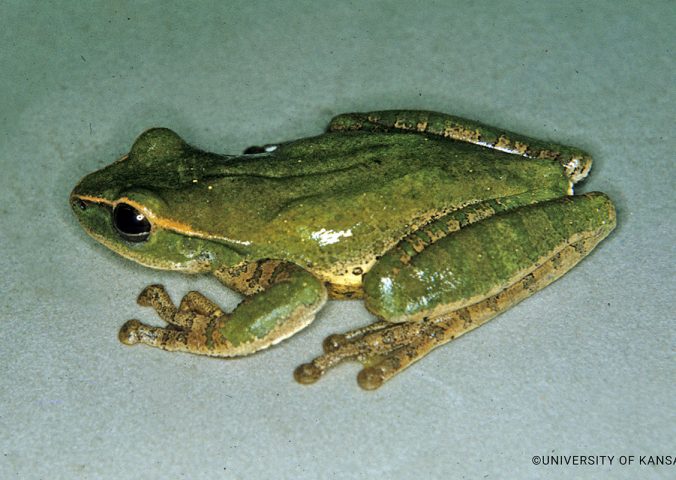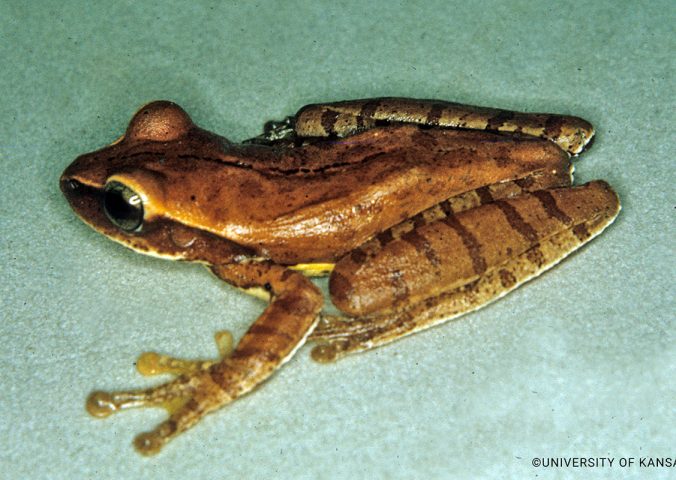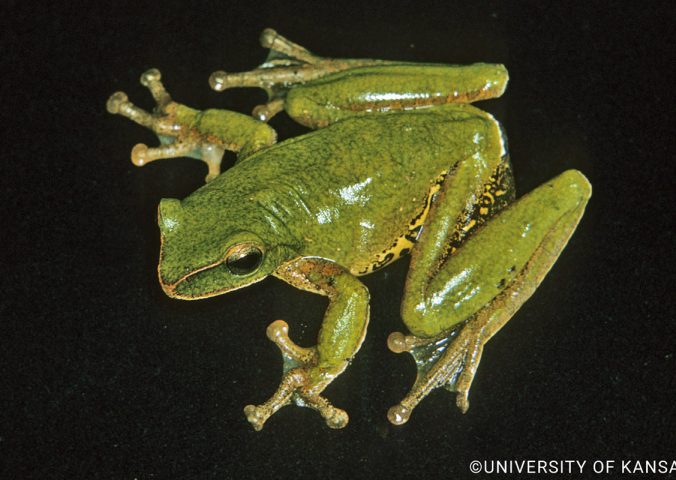About
The yellowbelly voiceless treefrog has not been recorded since the 1960s.
This species is listed as Critically Endangered because of a drastic population decline, estimated to be more than 80% over the last three generations. Recent surveys to locate it have been unsuccessful and it is feared this species is extinct. The most likely reason this species has had such a large decline is the effect of the Chytrid fungus disease. Moreover, there is continuous habitat degradation of cloud forest in Oaxaca, particularly due to the pressure on the forests from human population growth. The range of this species does not include any protected areas. They are part of the Hylidae or “Treefrogs” families, which have a fossil record going back to the Palaeocene (65 to 53 million years ago), suggesting the Hylid frog lineages originated either in the late Cretaceous or early in the Cenozoic period, around the time of the extinction of the dinosaurs. The Treefrogs diverged from all other amphibians around 50 million years ago, which makes them as distinct from their closest relatives as chinchillas are from porcupines. Additional survey work is required to determine whether or not this species is still extant in its natural range, protection of the remaining cloud forest fragments is important to preserve the humid habitats for this species.
- Order: Anura
- Family: Hylidae
- Population: Possibly extinct
- Trend: decreasing
EDGE Score
Distribution
This species is only known from the Pacific slopes of the Sierra Madre del Sur de Oaxaca and north to the towns of San Gabriel and San Sebastián, in south-western Oaxaca, Mexico.
Habitat and Ecology
This species occurs in pine-oak and cloud forests, and prefers rocky streams with abundant vegetation as a microhabitat



